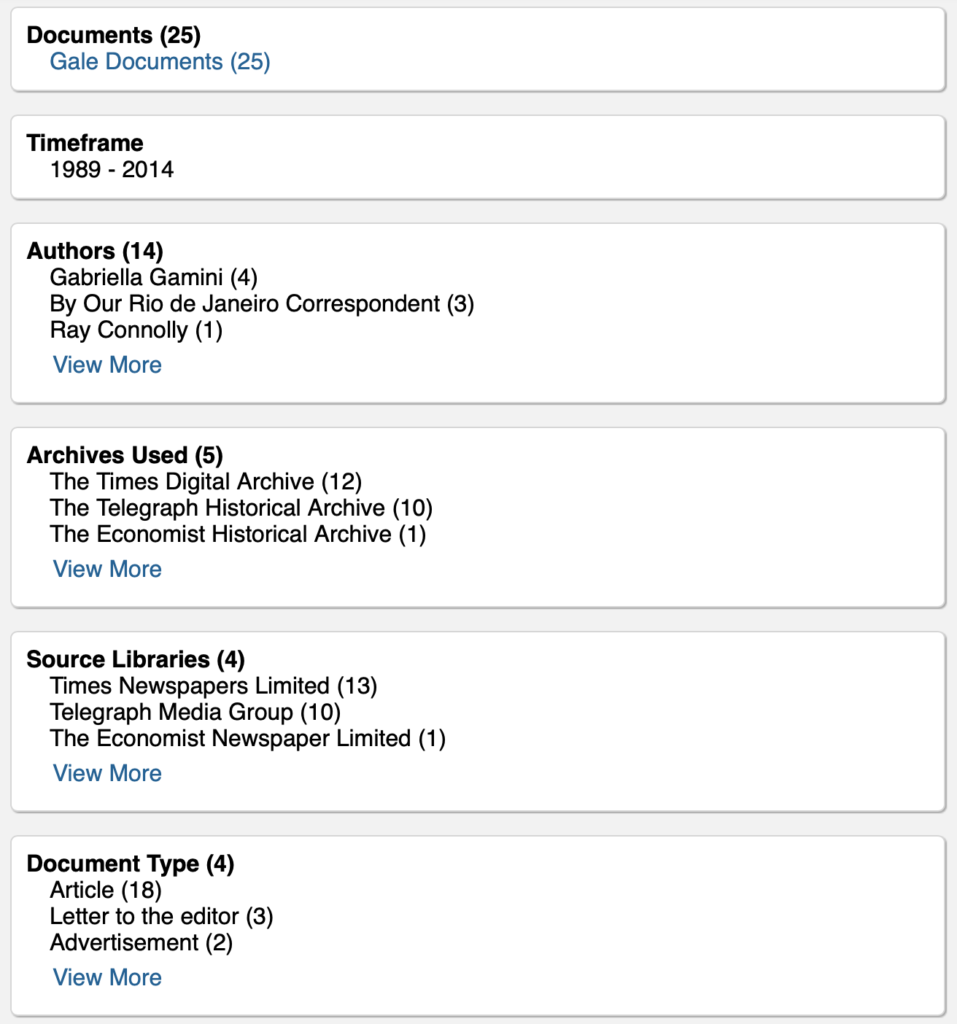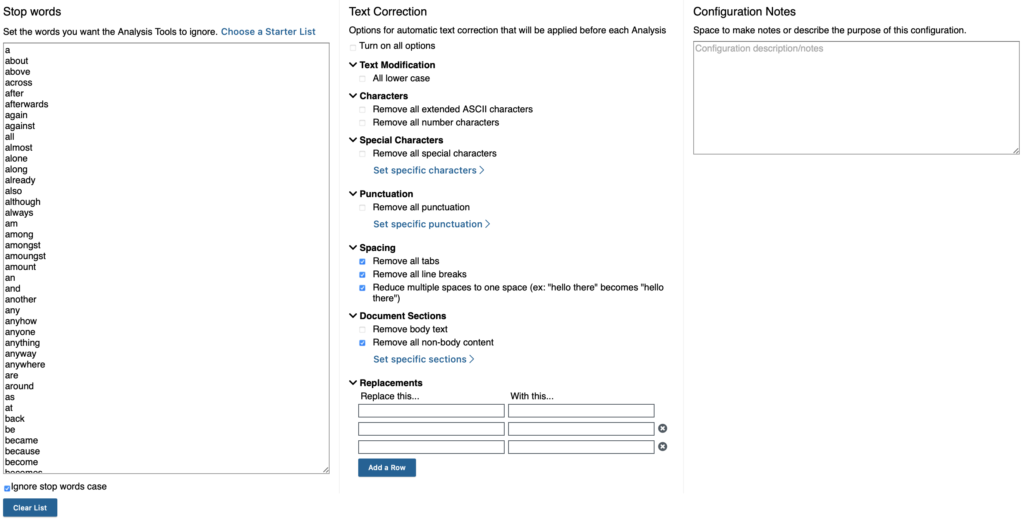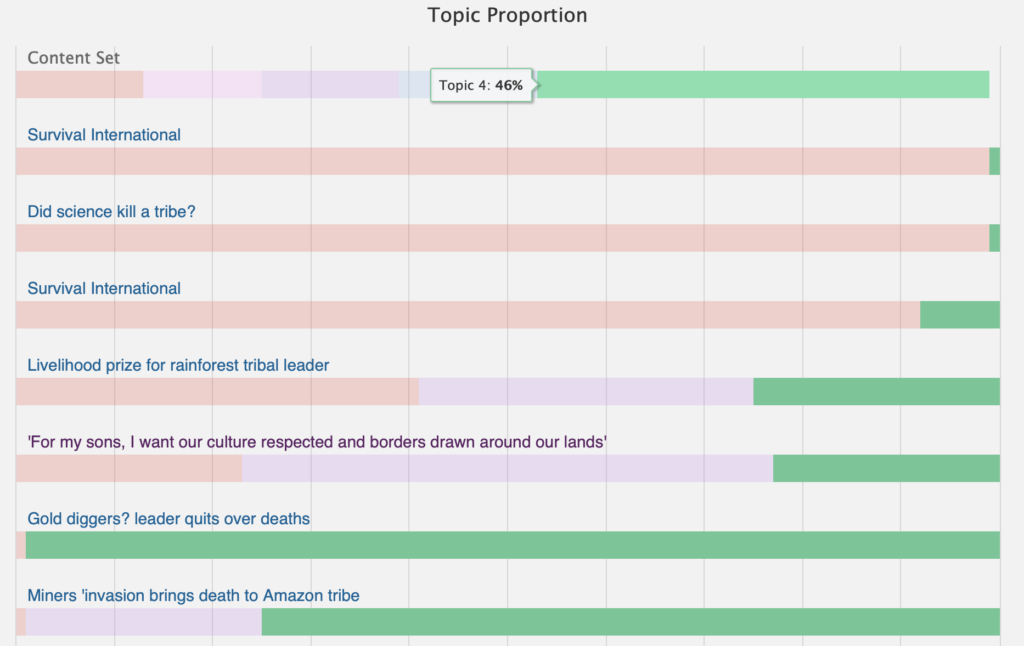|By Rob Youngs do Patrocinio, Gale Ambassador at University College London|
Academic research has evolved drastically in recent years, with new technology revolutionising research methods. One impact is the growing influence of quantitative analysis within the Humanities and Social Sciences. This has impacted research and student curriculums. I am currently a third-year student at University College London (UCL) studying History and Politics of the Americas with languages. Last year, my course included a ‘Research Methods’ module. The quantitative section of this module introduced me to the value of digital humanities (DH), particularly R-Studio which we took time to practise and utilise in our university projects. My institute’s different DH workshops were useful in that they enhanced the module and enriched my course as it presented a new approach to social scientific research. This challenged me to further question the complexities of QUAN vs QUAL/mixed-methods research, and to what extent they are mutually inclusive/exclusive in different research contexts.
After having studied this module, I was very keen to try out Gale Digital Scholar Lab, a quantitative analysis tool, in my own studies within the Social Sciences (even though at first I was slightly overwhelmed by the power of this software and its many features!) Yet, I think it is important for students to engage with DH resources, as it will help overcome traditional boundaries in research, and enhance the robustness of their academic studies. (Plus, Gale Digital Scholar Lab is packed with lots of helpful tutorials, demonstrations, and sample projects which provide guidance on how to maximise the use of the tools on the platform!)
Barriers Keeping Students from Engaging with Digital Humanities
Whilst the value of DH to students is clear, it is worthwhile mentioning that DH tools typically present challenges to students without a background in computer science. This often results in a lack of accessibility because of complex barriers such as lack of familiarity with different coding languages and software. Also new features may be hard to understand as well as knowing which programs need installation in the first place (sometimes multiple!).
Gale Digital Scholar Lab Makes DH More Accessible to Students
Gale Digital Scholar Lab is a cloud-based software package that allows students to experiment with DH methods using Gale’s archives within a single, user-friendly interface. This helps save time and thus increase productivity. A tremendously useful tool, especially for higher education students like myself, it promotes the study of different research methods, supporting DH investigations. With tools such as this, the traditional challenges of research have been redefined and transformed, allowing students to spend less time managing data and more time testing theories and analysing results.
A Simple Demonstration of Gale Digital Scholar Lab
I have an interest in Brazilian Indigenous tribes, which I am currently researching for my dissertation, so I wanted to use Gale Digital Scholar Lab to further explore this research area.
BUILD: Using this topic as my starting point, I searched using a term as simple as: ‘Yanomami’ (the Brazilian Indigenous community) and was instantly able to begin creating a Content Set that involved collating the suggested relevant data for my investigation. Once I had added sources to my Content Set, Gale Digital Scholar Lab showed me relevant and useful information about the sources within it, such as ‘Timeframe,’ ‘Authors,’ ‘Archives Used,’ ‘Source Libraries’ and ‘Document Type.’
CLEAN: Next, the ‘cleaning’ feature permitted me to tidy the data efficiently, which helps increase how useful the output from later analyses will be. This can be done, for instance, by selecting to remove white spaces, choosing ‘stop words’ (most commonly used words in a language that can distort your results), omitting all punctuation, excluding special characters and so on. This sorts the data smartly, and ensures it is not too cluttered, and your results are not distorted.
ANALYSE: Finally, I experimented with the analysis tools to investigate my initial research topic further. The tools available in Gale Digital Scholar Lab include Document Clustering, Named Entity Recognition, Ngrams, Parts of Speech, Sentiment Analysis, and Topic Modelling. (You can learn more about these various tool here). This feature clearly presented the many pages of my pre-selected data. It also condensed the information that otherwise would have been impossible for me to study easily.
With this example research topic, I found the qualitative Topic Modelling tool to be particularly helpful as it highlighted common themes across the literature surveyed that I could consider further. It identified that 46% of the selected primary sources examined focused on Yanomami land rights (Topic 4, displayed in green below). It also displayed which articles could be most valuable if I chose to examine this topic of focus in more depth. This provided me with a new area of research to focus on regarding the Yanomami, and could inform the next stages of my interest in this tribe.
Broadening the Scope of Primary Source Research
Overall, I have been struck by the value of digital scholarship. Particularly as this has allowed me to broaden the scope of my primary source analyses by eliminating the problems I had previously experienced in accessing and organising data. As I continue to work on my final year dissertation, I am thankful for the new feats of DH computing advances, which have helped me access and navigate large volumes of information tailored to my specific research. It is also incredible that Gale Digital Scholar Lab’s results are generated instantaneously, ensuring students are able to research, curate, and search entire archival collections efficiently and effectively. Searching for and interrogating sources has never been easier!
If you enjoyed reading about Rob’s student research experience with Gale Digital Scholar Lab, you may like:
- How Gale Digital Scholar Lab Made Digital Humanities Less Daunting
- Exploring Receptions of Classical Literature with The Times Digital Archive and Gale Digital Scholar Lab
- A Sense of Déjà vu? Iteration in Digital Humanities Project Building using Gale Digital Scholar Lab
- The Author Gender Limiter Tool Brings Exciting Potential to the Study of Women’s Authorship and Digital Humanities
Blog post cover image citation: Image by Marvin Meyer, available on Unsplash.com.





